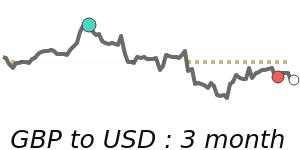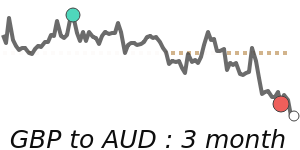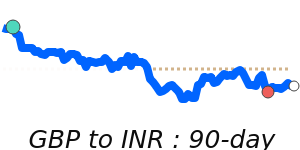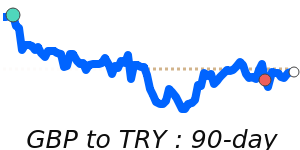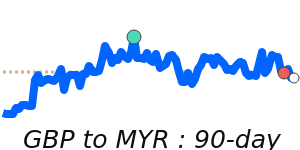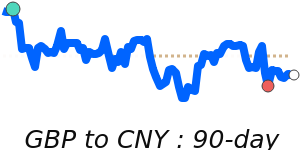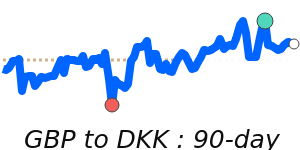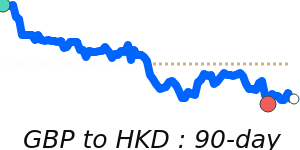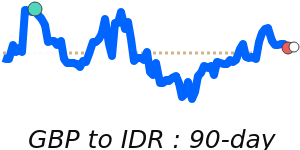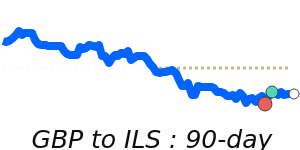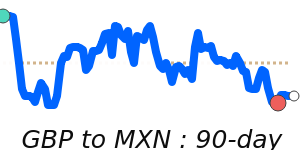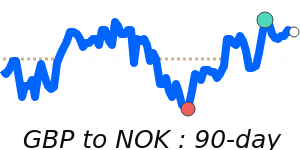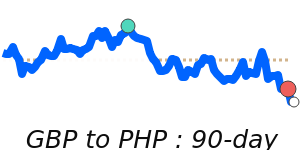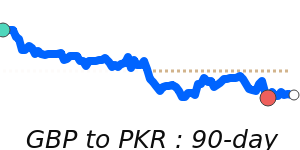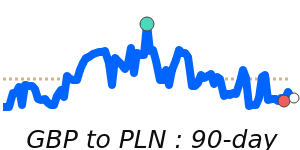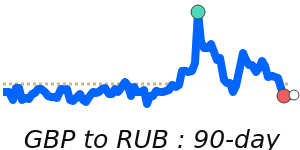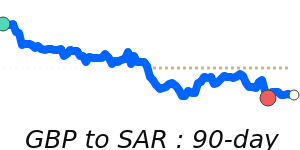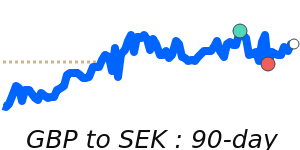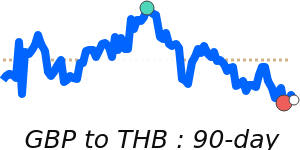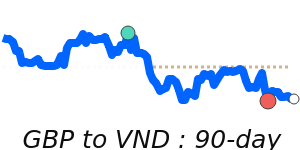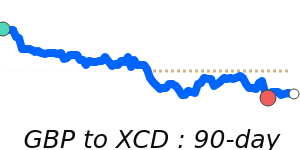The British pound (GBP) has been experiencing mixed movements in recent sessions, driven primarily by market risk sentiment amid a lack of significant data from the UK. Currently, GBP trades at approximately 1.3304 against the US dollar and 1.1441 against the Euro, both close to their three-month averages, indicating a stable trading environment within narrow ranges.
Recent developments show GBP strengthening against the dollar, reaching a five-week high, as expectations of improved UK economic growth forecasts and a slower pace of interest rate cuts by the Bank of England gain traction. Analysts note that this upward trend may provide some volatility but is supported by the current economic backdrop.
Conversely, the pound has weakened against the Euro as market participants anticipate a Bank of England interest rate cut on December 18, amidst expectations that the European Central Bank will maintain its current policies. These contrasting views on central bank policies are contributing to a divergence in GBP/EUR exchange rates.
In a sign of growing market caution, nearly half of UK fund managers are planning to increase foreign exchange hedging, reflecting concerns over the volatility of the pound. This sentiment aligns with recent warnings from Bank of England policymakers about external geopolitical factors potentially impacting the UK's currency.
Notably, GBP/JPY is at 90-day highs near 208.7, outperforming its three-month average, which reflects a 2.9% increase. Such performance suggests a degree of resilience in the GBP, particularly within more risk-sensitive currency pairs.
As the UK navigates a week with limited economic data, all eyes will remain on upcoming central bank decisions and global economic developments, which are likely to shape the pound's trajectory in the near term.
